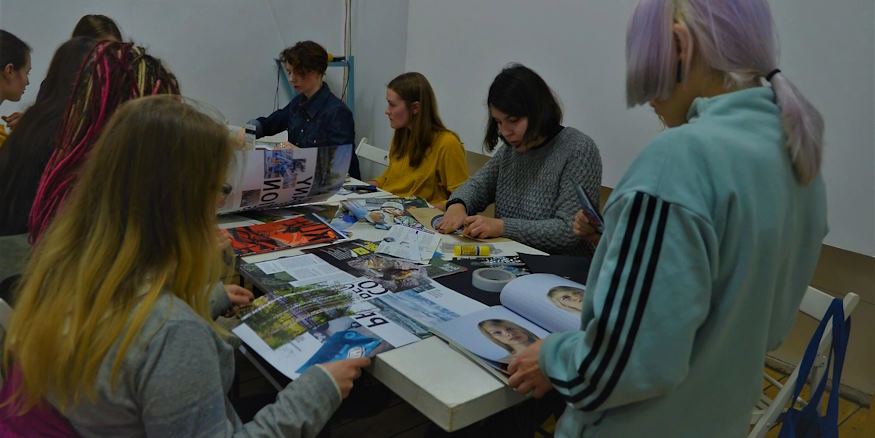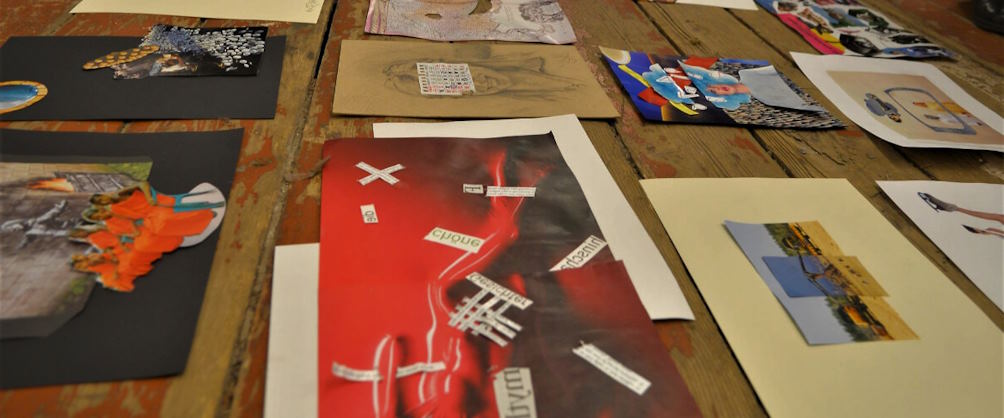Here we speak about a visual artistic form where different elements, for instance photographs, illustrations, text, fabric, and found objects, are fused together to form a unified composition. The term “collage” originates from the French word “coller,” meaning “to glue,” underscoring the method of affixing assorted materials onto a surface to craft a cohesive image or design.
Collage artists typically arrange and layer these diverse elements to create juxtapositions, contrasts, and narratives within their compositions.
Why do people like collage art?
Accessibility and Democratization
Using digital software, artists can readily explore collage techniques and distribute their creations to worldwide audiences via social media platforms and online communities.
Versatility and Creativity
Collage offers endless possibilities for creative expression, allowing artists to experiment with a wide range of materials, techniques, and styles. This versatility appeals to artists seeking new ways to explore their ideas and push the boundaries of traditional artistic mediums.

Nostalgia and Retro Aesthetic
Collage art often evokes feelings of nostalgia and a retro aesthetic, tapping into cultural references from the past. In an age of digital overload, collage artworks offer a sense of authenticity and handmade craftsmanship that resonates with audiences seeking connection and authenticity.
Is it difficult to create a collage?
Creating a collage can be as easy or challenging as you make it, depending on your level of experience, artistic vision, and the project’s complexity.
Collages can be created using a wide variety of materials, including paper, photographs, fabric, found objects, and digital images.
Besides, like any artwork, a successful collage requires careful consideration of composition, design, and visual balance. You’ll need to experiment with arranging and layering different elements to create a cohesive and visually compelling composition.
In any case, you should remember that collage is inherently experimental, allowing for endless possibilities and creative exploration. Don’t be afraid to experiment with different materials, techniques, and styles to find what works best for your vision.
Finally, like any art form, creating collages requires practice and skill development. As you develop more collages, you’ll become more proficient at cutting, layering, blending, and digital manipulation techniques.

